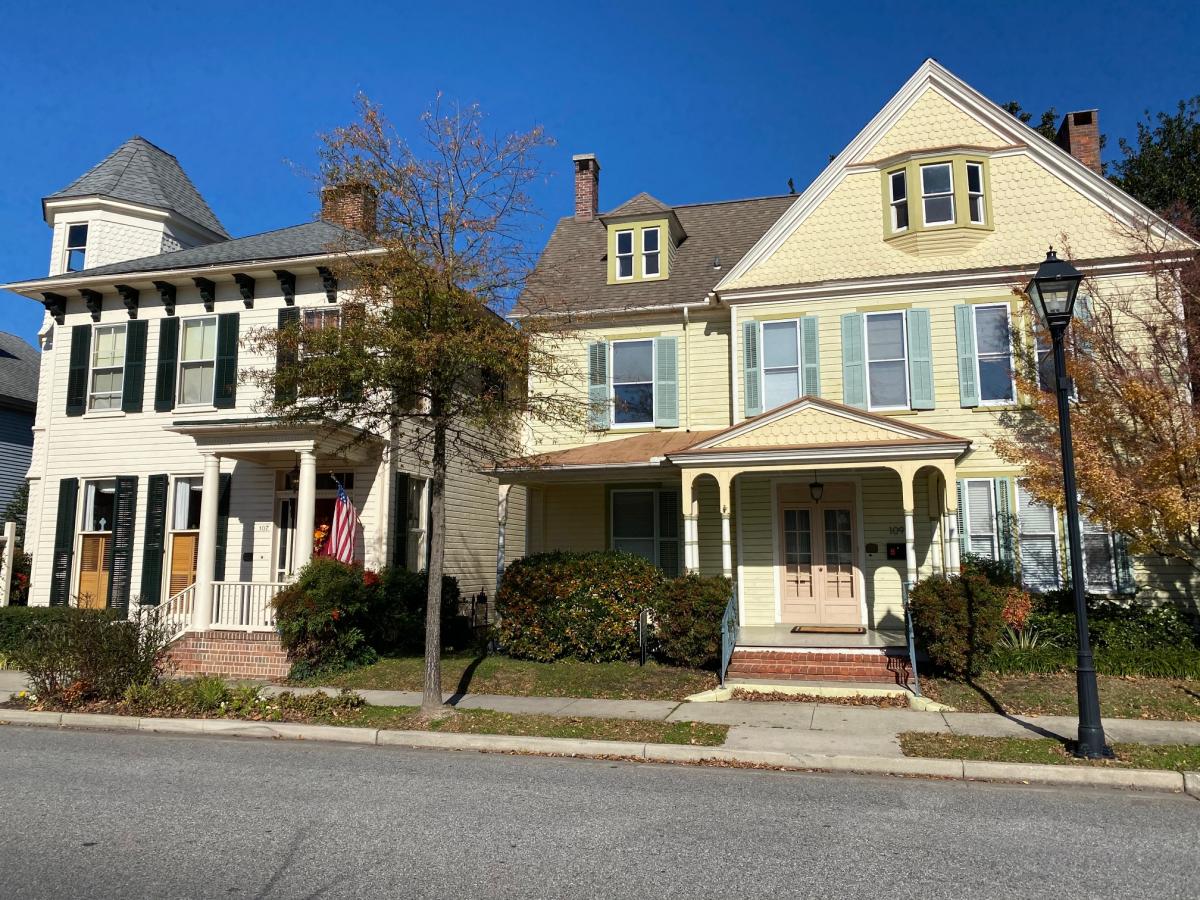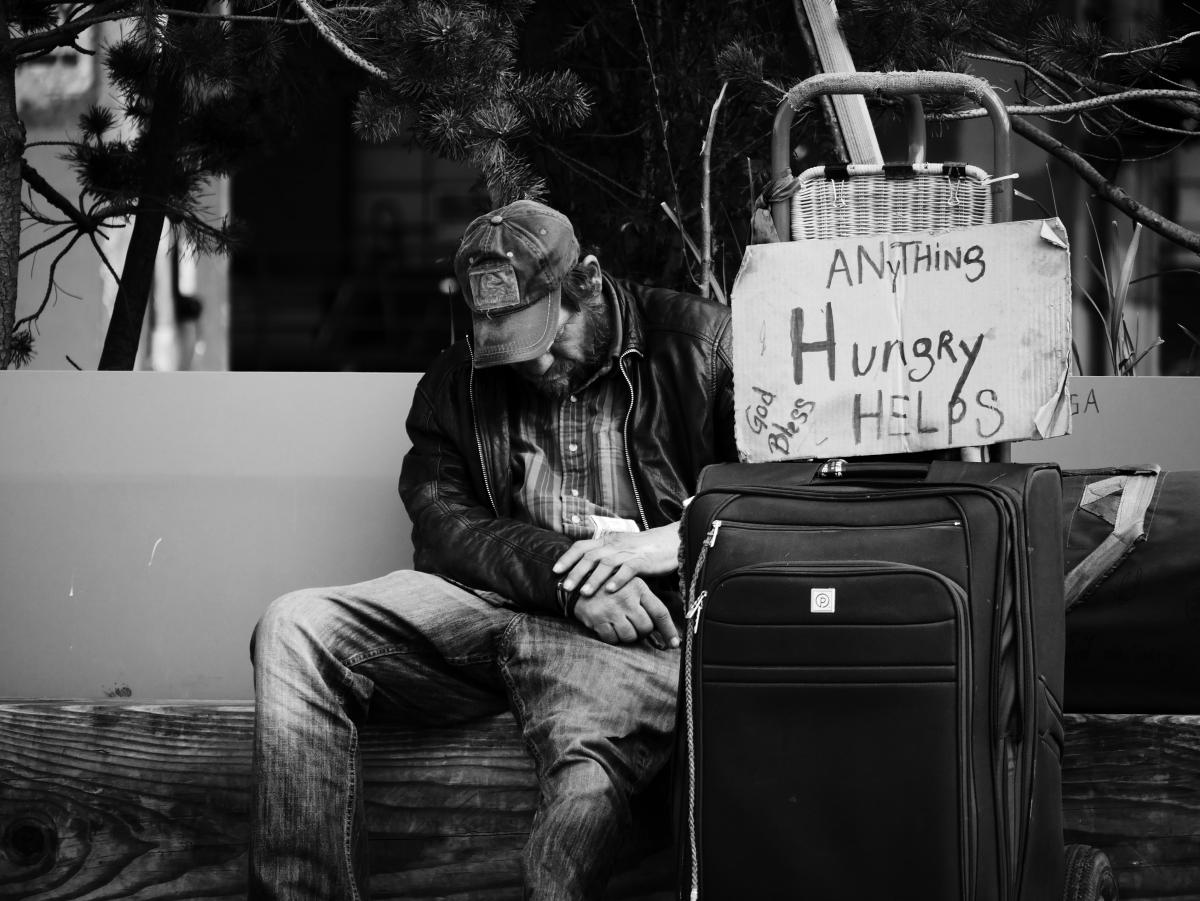Talbot Interfaith Shelter will open a second facility, located next to the current shelter at Easton’s Promise, that will focus on single men and women.
The non-profit got approval Tuesday morning from Easton’s Board of Zoning Appeals for a special exception permit to operate a shelter at 109 Goldsborough Street.
The home is next to the existing shelter, a former bed and breakfast, at 107 Goldsborough Street.
The approval came during National Hunger and Homelessness Awareness Week, which began Nov. 15.
Talbot Interfaith Shelter (TIS) plans to convert Easton’s Promise into a families-only facility, while the new building will focus on single men and women. With seven potential bedrooms, once the new shelter is up and running, TIS will be able to serve up to 14 additional guests at a time, essentially doubling their shelter capacity.
Guests at both facilities will continue to receive case management and educational opportunities during their stays as they work with TIS staff to move through individualized plans that will help them reclaim their financial independence.
This is all part of the shelter’s S4 Program (Shelter, Stability, Support, Success), which is a long-term program designed to guide guests from homelessness to self-sufficiency. The goal for all shelter guests is to earn an invitation into one of TIS off-site transitional apartments, where they will continue to receive case management and attend classes as they gradually increase their portion of the rent until they are able to move into their own housing.
“We have recognized for quite a while that there are people in our community that we are not able to serve at our current capacity,” Julie Lowe, executive director of TIS, said in a statement. “A second shelter facility has been in our strategic plan for two or three years from now, but when COVID hit, and the financial repercussions began to become evident, we knew we had to expedite our timeline.”
TIS began seeing a sharp uptick in calls for shelter in the summer, even before eviction courts reopened. Many of the calls were from single individuals. Because of their limited capacity at Easton’s Promise, TIS currently must prioritize admittance to families.
“It has been heart-wrenching having to turn people away simply because we don’t have enough room,” Lowe said. “We are looking forward to being able to accommodate many more of our neighbors and help them on their path back to self-reliance.
“So much of the success of our shelter at Easton’s Promise has been that it is truly a home environment for our guests. We are thrilled that we have found another such facility in 109 Goldsborough, where our guests can feel welcome and valued by our community, and really attain the stability they need to rebuild their lives.”
TIS will be hosting a series of virtual town hall events, open to the entire community, to explain in more detail the plans for the new building and answer any questions people might have.
The town halls will be held at 2 p.m. and 5:30 p.m. on Monday, Nov. 23, and Tuesday, Nov. 24. Those wishing to attend one of the gatherings should visit talbotinterfaithshelter.org/expansion to access the login information.
This necessary expansion means a significant increase in TIS’ operating budget.
To kick start the non-profit’s fundraising efforts, a generous couple has put forth a challenge to the community. They will match every dollar donated through Jan. 31, up to $100,000.
Visit talbotinterfaithshelter.org to make an online donation, or mail a check to P.O. Box 2004, Easton, MD 21601.
Those who would like information about other donation options may contact Jayme Dingler, TIS’ marketing and development director, at [email protected] or 443-786-4676.
To learn more about TIS’ mission to end homelessness on Maryland’s Mid-Shore by providing Shelter, Stability, Support, and a path to Success for families and individuals in need, visit talbotinterfaithshelter.org or contact Julie Lowe at 410-310-2316.


